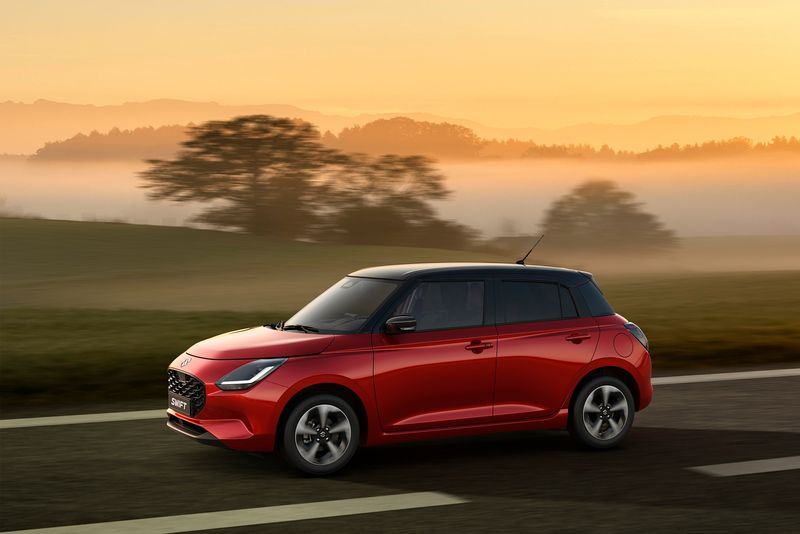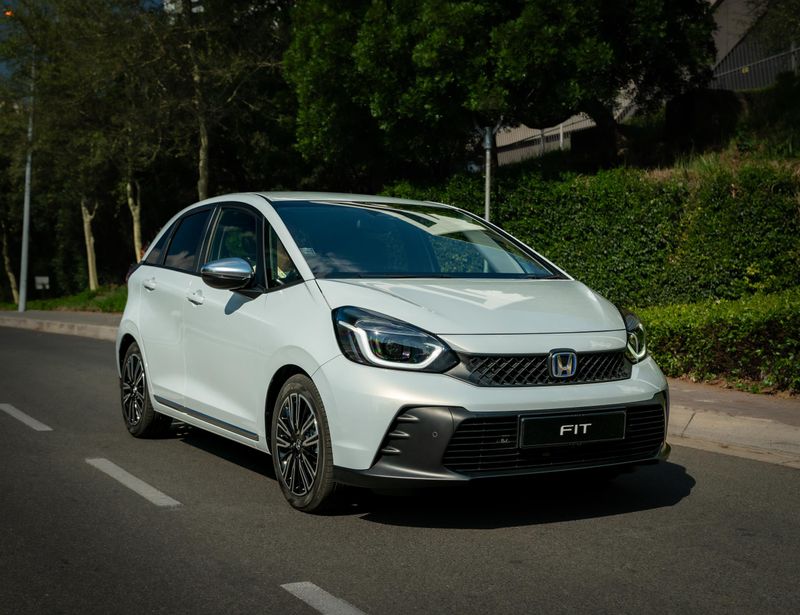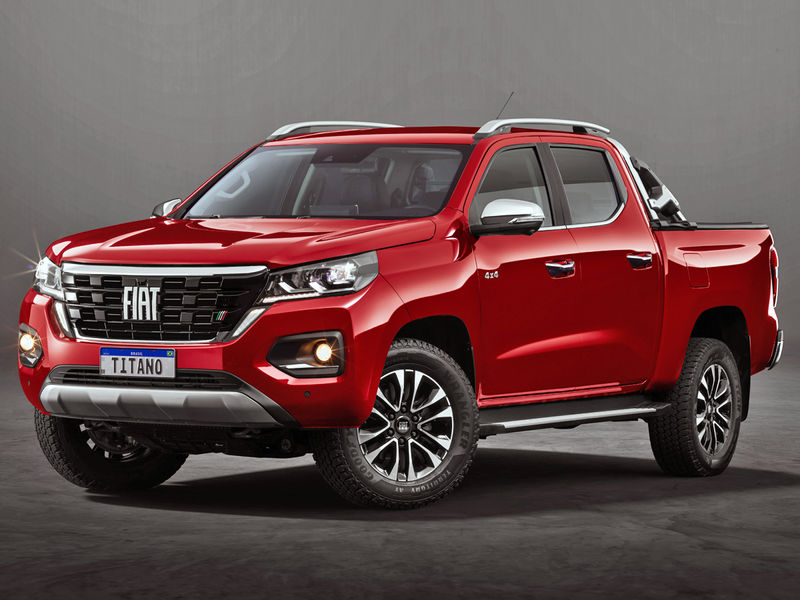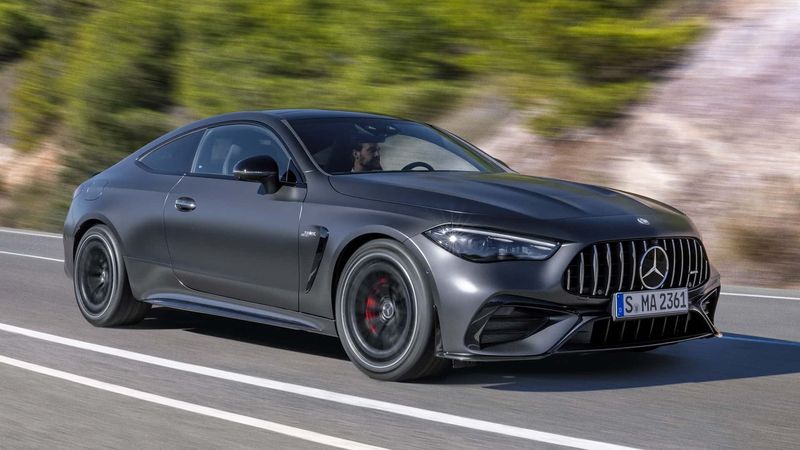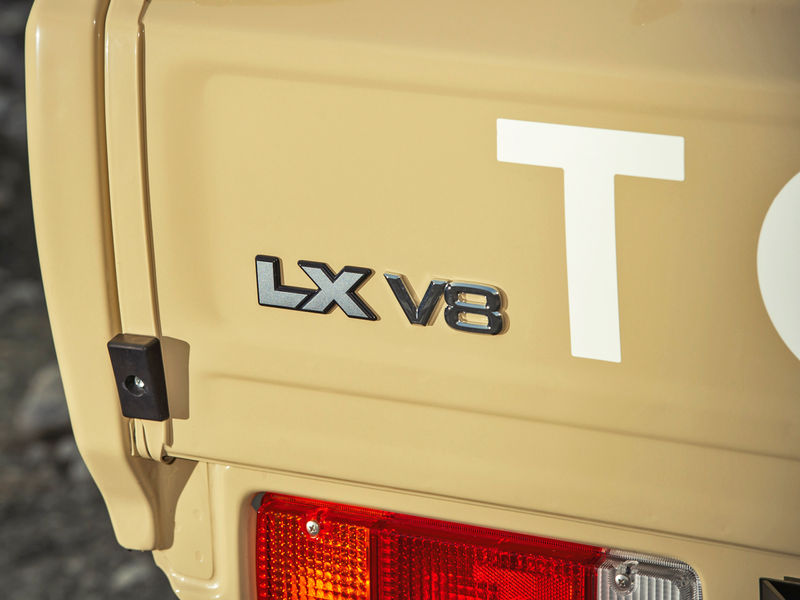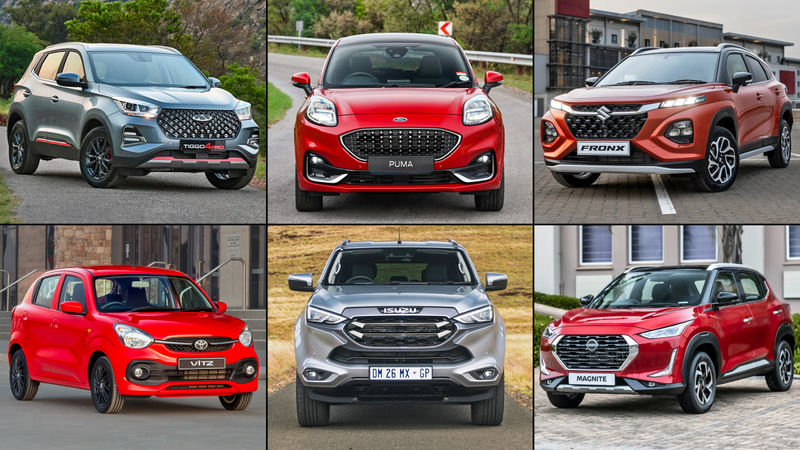Detuning vehicles for different markets is not an unusual practice. Certain climates and grades of fuel can affect a vehicle’s performance and when it comes to the powerful turbocharged offerings, heat is the devil. Also, with varying petrol qualities around the world, the manufacturers would rather err on the side of caution than risk long-term reliability issues.
Volkswagen Group has done this a few times over the years with its performance products. The Volkswagen Golf R’s European market model boasted a bit more power than its South African counterpart, until early 2019. As SA was tagged as a Hot Weather Climate market, we got the 213 kW derivative, as opposed to the 228 kW model.
Awkwardly, the Audi S3 had the full-fat 228 kW right from the get-go. By February 2019, the Volkswagen Golf 7.5 R had seen its outputs climb to 228 kW and 400 Nm of torque (up 20 Nm as well), as well as gain the feisty Akrapovic exhaust system.
Now, this is where things get interesting. The previous-generation Audi S3 had 228 kW and 400 Nm on offer, but the all-new model’s 2.0-litre 4-cylinder engine produces 213 kW and 400 Nm. We asked Audi SA about this difference during the launch of the all-new model and representatives had this to say about the situation:
The short answer is around product strategy for a particular market/region. All markets have the necessary approvals or strategic directions for Audi AG.
Bigger markets or regions – like Europe, for example – receive priority in terms of first to market introductions, specific features/innovations being released as well as new engine development (like EU6 – which generally comes with newer innovations – mild hybrid, higher performance, etc, etc).
Smaller markets or regions – like Africa and Near East – unfortunately then get allocated a different approach, all based on Audi’s global strategic intent. This strategic direction takes into account elements like fuel quality, volume potential, climate classification (hot, mild), etc which then gives our market a particular “approval” for the model or derivative to be introduced.
So yes, we haven’t been given the approval to sell the higher output S3 (with 228 kW of power), although the previous generation included this (the A3 model strategy, Audi SA market dynamics and classification as well as product portfolio overall was very different a good 6-8 years ago – so Audi AG’s approach was different).
So now, for markets out of Europe and particularly Africa and Near East (Same applies to Audi Middle East (who falls into the same region as us), we are given approval to sell the S3 with 213 kW of power.
Remember, power isn’t everything in performance, weight and aerodynamics play just as much a factor and Audi SA is convinced that improvements in these areas will mean this generation of S3 will be just as fast (or faster) than the outgoing model.
As small as that power difference may be, the stat-obsessed petrolheads expressed disappointment on our social channels to the lower output. Whether you can feel the power-difference underfoot is another story… We look forward to testing the new Audi S3 on local soil soon.

Audi A3 and S3 Price in South Africa
Audi A3: Old vs New. What has changed?
Audi A3 Sportback International Launch Review
Audi RS3 Confirmed for SA in 2022
